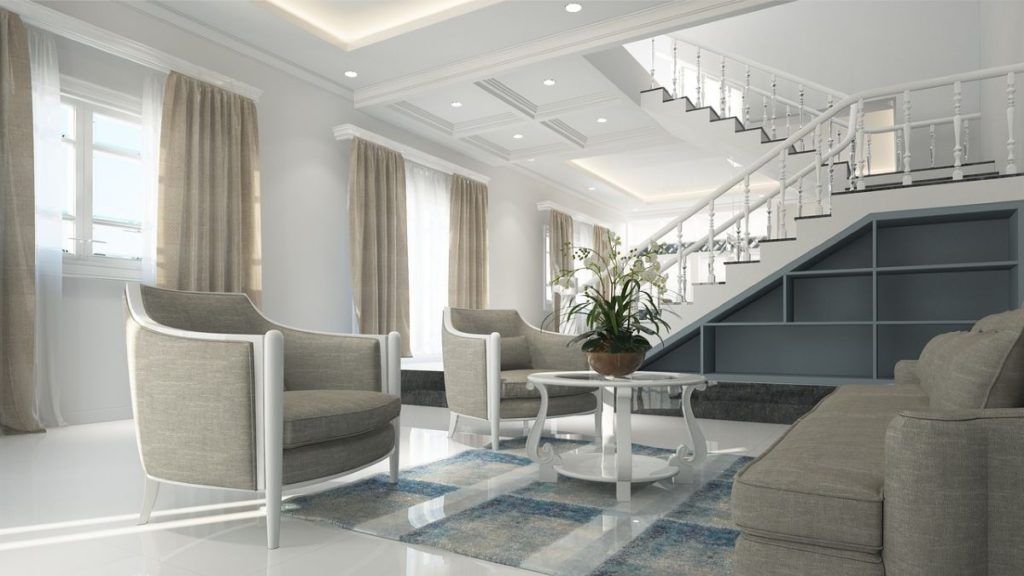Creating a space that feels layered, warm, and inviting often comes down to the small details, those subtle yet powerful design elements that catch your eye and make you want to look twice. One such feature that’s been making waves in both residential and commercial interiors is the use of timber battens. Whether they’re running along a feature wall or subtly framing doorways, they add dimension without overwhelming the room. A timber batten ceiling, on the other hand, offers a visually striking way to draw the eye upward while adding rhythm and warmth overhead. These features don’t just serve a visual purpose; they bring in texture, shadow play, and an organic feel that instantly elevates the space.
Lately, interior design has shifted from loud, overly stylised trends to more natural, grounded aesthetics. People are craving authenticity, something that feels real, tactile, and timeless. That’s where design trends focused on depth come in. It’s not about layering just for the sake of it, but about introducing thoughtful contrasts, materials, and tones that work together to create an experience, not just a room.
One of the easiest ways to add depth is through texture. Think beyond flat painted walls and smooth surfaces. Texture can come from so many different elements: fabrics, wood grains, stone finishes, and even plaster effects. A wall with slight variation in its surface, whether through limewash paint or natural cladding, invites touch and feels more lived-in. The same goes for flooring. Instead of high-gloss finishes, more people are leaning into matte or brushed materials that feel more natural underfoot.

Layered lighting is another trend that’s quietly transforming interiors. Gone are the days when one ceiling light did all the work. Now it’s about combining ambient, task, and accent lighting to create mood and movement. Soft uplighting behind joinery, wall sconces with a warm glow, or even pendant lights that cast interesting shadows can completely change how a space feels. Lighting adds literal and figurative depth, and when done right, it makes the room feel both cozy and expansive.
Colour also plays a massive role in creating dimensionality. While all-white interiors had their moment, people are now embracing richer, more grounded tones. Think deep olives, muted ochres, warm greys, and earthy browns. These tones wrap the room in comfort and pair beautifully with natural elements like timber, stone, and leather. Even small doses like a feature wall or painted joinery can add that visual weight and contrast that makes the rest of the room pop.
Another trick designers are loving? Playing with verticality. Ceiling treatments, tall joinery, full-height drapes, and vertical panelling help lead the eye upward, which not only adds interest but makes the room feel taller and more spacious. It’s about encouraging the viewer to notice the height of the room and appreciate the entire volume of the space, not just the area at eye level. Even something as simple as a tall indoor plant or a floor-to-ceiling mirror can subtly shift how we experience a room.
Then there’s the growing appreciation for architectural simplicity. At first glance, it may not seem like a “trend” at all, but the move toward cleaner, intentional lines and forms is a response to the clutter and chaos of daily life. When everything has a purpose and a place, the space naturally feels more serene. This minimalist approach doesn’t mean sterile or boring; it means curating textures, tones, and finishes that complement each other and leave room for the space to breathe.
Furniture choices also reflect this shift toward depth and character. Designers and homeowners alike are choosing pieces with sculptural qualities, curved edges, chunky proportions, and tactile materials like boucle, rattan, or raw wood. These elements don’t shout for attention but add a quiet richness to the space. A sofa doesn’t have to be just soft; it can also bring form and presence. A coffee table doesn’t have to be flashy; it can be a grounding centrepiece made from stone or reclaimed timber.
Let’s not forget the power of contrast, a key ingredient in creating depth. Contrast doesn’t have to mean black and white; it can be smooth vs. rough, matte vs. glossy, dark vs. light, hard vs. soft. Mixing these qualities adds a layer of tension that’s visually interesting and emotionally engaging. It keeps the eye moving and the mind curious. It’s why a soft linen sofa against a concrete floor just works, or why warm timber next to cool marble feels balanced and inviting.
Storage is also getting a style upgrade. Instead of bulky units or open shelving filled with clutter, designers are integrating storage in sleek, clever ways that blend seamlessly with the walls. Full-height cabinetry with clean fronts, hidden nooks, and push-to-open mechanisms keeps things tidy without sacrificing style. It’s design that respects both form and function, something that always adds value to a space.
One of the best things about these trends is that they’re incredibly adaptable. Whether you’re designing a brand-new home, refreshing a single room, or just making small updates, adding depth doesn’t have to be expensive or complicated. It could be as simple as changing your lighting plan, adding a few textured pieces, or painting a wall in a deeper tone. It’s about creating an environment that feels layered and intentional, even if the changes are subtle.
Design trends that bring depth aren’t just about aesthetics; they’re about how a space feels and how it makes you feel. When done right, they create rooms that feel grounded, comforting, and effortlessly stylish. And perhaps most importantly, they make you want to stay awhile, which is really what every good space should do.
